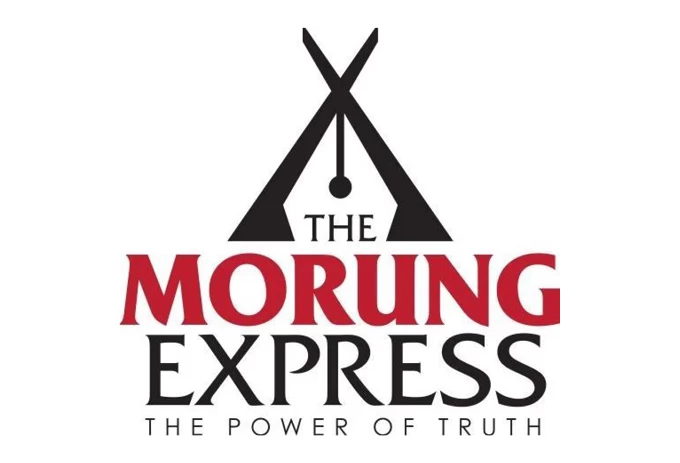
Dr T Esther Longkumer
Chief Technical Officer-Soil Science, KVK Phek, ICAR-NRC on Mithun
Drought mitigation refers to the actions taken to reduce the impacts of drought on communities, ecosystems and economies. Some strategies for drought mitigation include:
• WATER CONSERVATION: Implementation of water-saving measures such as efficient irrigation systems and water-restrictive appliances.
• WATER STORAGE: Building reservoirs, lakes and other water storage infrastructure like jalkund to collect and store water during rainfall for use during droughts.
• DROUGHT RESISTANT CROPS: Planting crops that are resistant to drought conditions.
• SOIL CONSERVATION: Implementing conservation tillage, cover crops and other soil conservation practices to reduce soil erosion and improve soil health.
• EARLY WARNING SYSTEMS: Establishing early warning systems to detect drought conditions and alert communities to take action.
• DROUGHT PLANNING: Developing drought management plans to coordinate responses and minimize impacts.
• WATER REUSE AND RECYCLING: Implementing water reuse and recycling systems to maximize water use efficiency.
• WATERSHED MANAGEMENT: Managing watersheds to maintain healthy forests, wetlands and other ecosystems that help regulate water cycles.
• CLIMATE-SMART AGRICULTURE: Implementing agricultural practices that consider climate variability and change.
Implementing these strategies can help reduce the impacts of drought on communities, ecosystems and economies.




